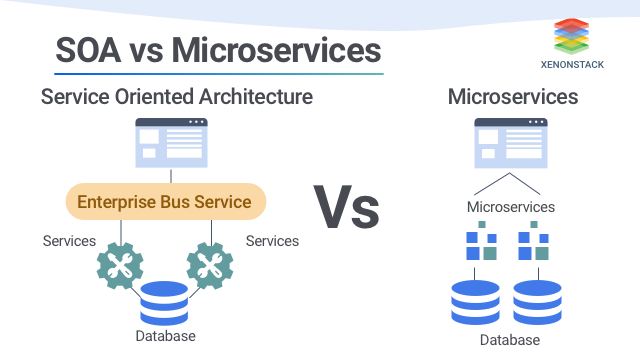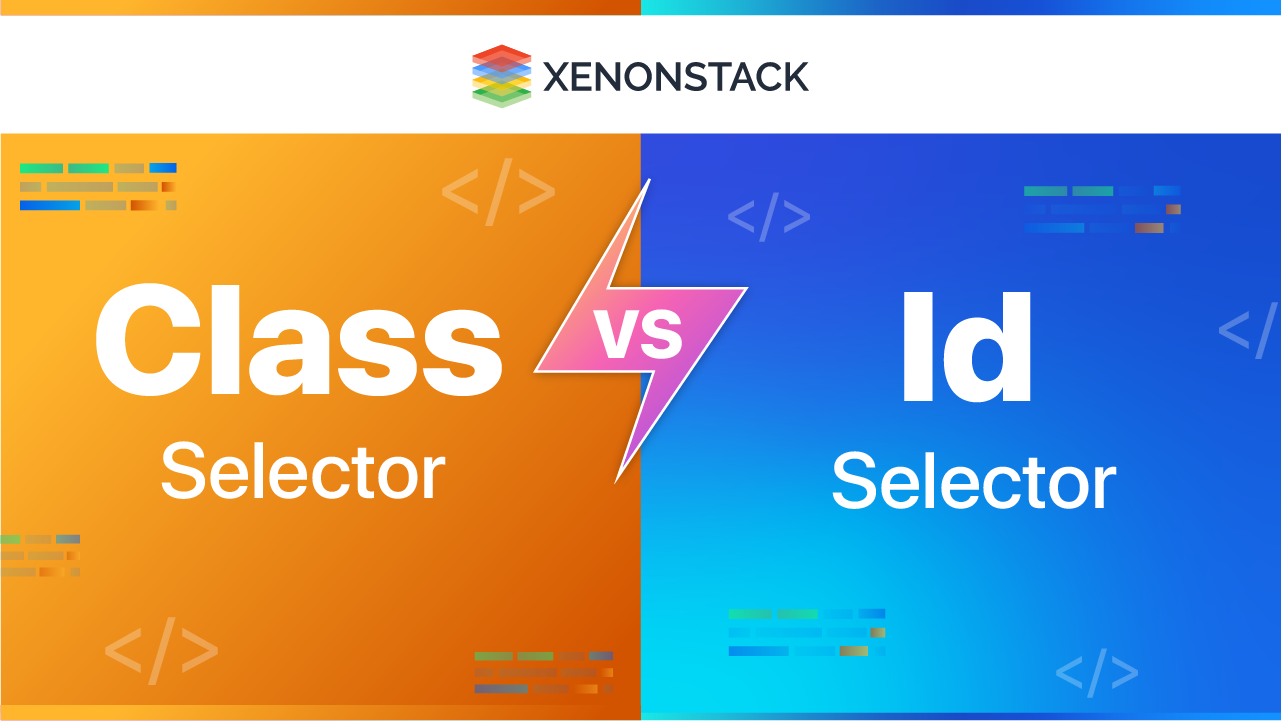
What are the Components of building a frontend?
A scalable frontend includes small, maintainable, independent, and customizable components that can be served independently. This makes it crucial to possess the codebase, in the long run, to aid performance-related tweaks without harming the application.
Use some of the best boilerplate structures that most of the react community prefers. Click to explore about, ReactJs Project Structure and Folder Setups
Top 10 Principles of Scalable Frontend Projects
The principles of building Scalable Frontend Projects are listed below:
Separation of Concerns
The principle of Separation of considerations sounds that every layer within the application should be weakened into smaller units. Every section manages just one drawback, a feature frontend as the app frontend. However, it doesn't include code that caters to alternative services of the application.
This methodology organizes elements, modules, widgets, functions, etc., by presenting clear boundaries. Implementing SoC will stop code duplication and decoupled services and guarantee easy testing and deploying of separate sections.
Scalable logging
As package design was captive from significant monoliths to distributed computing systems, observance logs became complicated. Once logs are scattered across multiple systems, or end in a crucial shortage of space for storing, or the logged codes serve single processes and lack context, it is often exhausting for developers to access them in times of need. This inability will delay code generation, testing, or reading, leading to hindrances to measurability.
React server Component works to re-write React components that are rendered on the server-side to enhance application performance. Click to explore about, React Server Components Working and Benefits
Single-responsibility Principle
The two principles – the Single-responsibility Principle and the Separation of considerations – are often confusing as each has an identical approach. Nonetheless, they play distinct roles in package development. Parliamentarian Martin, the mastermind of the term Single-Responsibility Principle, suggests, “A category ought to have one and just one reason to alter, which means that a category ought to have just one job.”
This approach promotes cleaner, reparable code and fewer bugs within the categories, reducing development speed and lesser code changes. To boot, as elements carry slim responsibilities, it facilitates the reusing, sharing, and line of work of code from any place. It becomes easier to scan and perceive the code even for brand new developers and modify it while not breaking the complete application.
Frontend Monitoring
As applications grow more extensive and complicated, rolling out regular updates, upgrading options, and adopting frameworks as per the project needs to cause various issues. With a sturdy frontend observance system, you'll ensure that users relish novel expertise anytime they use your app.
Such a system helps development groups to stay the app up and running 24/7, maintain swish functioning, and preserve consistent speed. The system highlights areas that require improvement, from testing problems inside the framework to Frontend request failures or delays in page loading time.
Caching
When copies of files are held in temporary storage for fast access within the future, it’s known as caching.frontendow it works – net browsers store JavaScript, HTML files, images, etc., and easily render them whenever a user reloads a selected website. Most of the content is held in cache, so the page load time is considerably shortened. There are three main styles of cache that induce higher results:
- Browser cache
- Content-delivery network or Proxy cache
- Application cache
Micro Frontend best practices, strategies, and recipes to build a modern web application with multiple teams using different JavaScript frameworks. Click to explore about, Micro Frontend Architecture
Component-state management
The state helps you update and access knowledge and permits you to create choices that support this knowledge. Additionally, it shares the state across multiple application elements. As long as your elements receive the correct and current state, they will render the application correctly for your users. Here Raquel Baltazar, a Senior technologist explains state management, “State management makes the state of your app tangible within the style of a knowledge structure that you will scan from and write to. It makes your ‘invisible’ state visible to figure with.”
Redux is one of the favoured tools for application state management that’s quick and economical. Angular libraries like NgRX, NGXS, and angular-redux leverage revived patterns. Similarly, MobX could be a library for effective state management. If you utilize React for your frontend application, you'll additionally leverage tools like Hooks, Effects, and Context to manage your state.
Performance Measuring
Regularly observing how the frontend performs under various circumstances and how the users read your application can provide insights into what must be fastened and what's operating well for you. There are three key metrics to assist you in checking the app’s performance:
- First contentful paint
- Speed index
- Time to move
Version-control systems
A Version-Control Syfrontend) tracks and monitors changes created to the code. It records each modification and stores it in very separate information. Thus once a slip happens, frontend opers will compare their code against earlier versions. Moreover, VCS protects the ASCII text file from any unauthorized alterations, making it very useful for DevOps groups to cut the event time and fast-track deployments.
Another huge good thing about employing a VCS is using branching models with parallel development, coordinated changes, and collaborations on codebases. This enhances team communication and helps junior developers improve their code quality with frequent code reviews. GitFlow and the Trunk-based Development area unit are the leading branching models most well-liked by the developer community.
D3.js stands for Data-Driven Documents is a front-end visualization library in javascript for creating interactive and dynamic web-based data visualizations. Click to explore about, D3.js Library and its Use Cases
Keeping a changelog
Documentation typically takes a back seat for corporations with smaller team sizes. However, because the team expands, there's an imperative want for a lot of organizations. Moreover, client feedback is returning from product and sales groups, and your groups are busy incorporating those changes into the application. But, over time, the event method has evolved because of the team's appearance back, and there isn’t enough information on the market to access.
Changelogs are the state of such things. They supply your groups with earlier records of the additions, omissions, and changes created to the application. These records are written very precisely and contain technical details for the event groups to execute the instruction.
Atomic design for Components/Developing components, not screens
This approach compares atoms within the universe to UI components like buttons or labels and refers to them because of the ‘building blocks. They mix to make molecules or UI parts wherever each part carries just one well-defined responsibility. The parts (or molecules) merge to make a ‘function’, and as different functions unite, they're referred to as a model. Finally, as this model follows a given observation of content implementation, it forms a page structure.
In easy terms, this theory suggests that a component-based atomic style is a wonderful observer to attain the most measurability. A number of the essential norms include:
- Components are individual units and shouldn’t be confused with dependencies. They have to be free from coupling and designed for reusability.
- Components ought to be versioned, packed, and printed as single modules. They must be designed and tested in isolation.
The idea of Atomic style for UI is kind of interesting!
CSS font size adjusts all the measurement units in which font sizes are present, like rem, em, px and viewport units. Click to explore about, CSS Size Adjust for Font Face
Having a common user input strategy
Forms, choose tags, validations, and error states are all in this class. UI part libraries like and supply an answer for this out of the box. if you’re making an app while not a UI library, contemplate swinging a touch a lot of stress on standardizing these components for higher uxor
- Writing machine-controlled tests
Components area unit, in my expertise, is best tested with integration tests, specifically with Cypress business logic ought to be lined with unit tests. E2E area units are valuable for smoke testing larger user flows; they will facilitate sight regressions between the consumer and the API.
Conclusion
Scalability is an art and a science perceived otherwise by each developer. It’s not an impromptu call or an amendment achieved with an easy click of a however but a current method that needs trials and errors to get the results. These principles aren’tfrontendf rules that you should follow verbatim. However, you utilize them to fit your organization's sort and development designs. What’s additional, you'll even modify them and introduce a replacement set of principles to create developers' lives a touch higher. We tend to believe ‘great groups create nice software packages, and as a result, we’re continually on the lookout for brand spanking new practices to provide our purchasers with distinguished software package development expertise.

What's Next?
That’s all, people — there may, sure enough, be more things on the list, counting on the project domain and technology. However, I notice these will improve several frontend apps radically. The majority of the principles are often applied increasingly and by priority outlined by you and your team — thus, no one has to be compelled to worry regarding applying all of them promptly.
- Discover more about Fluid Typography Best Practices
- Read more about User Experience Design
- Know more about Performance Monitoring


